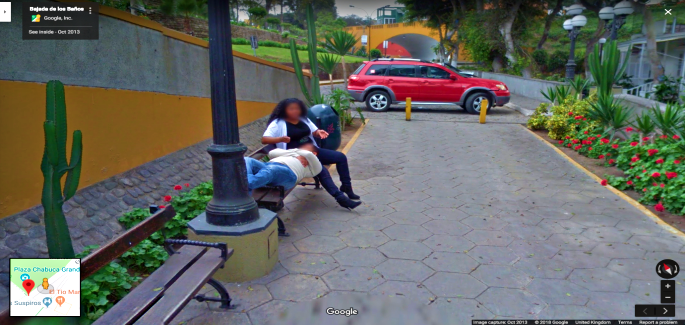Ensuring that the forms you – or your clients – use to send and receive information via your website are secured are vital. Users are more aware than ever before of data security and expect the highest level of security as a standard. If your website can’t deliver on this, you’re unlikely ever to achieve the conversion rate you’d like.
Want some stats? 95% of customers have stopped buying from a company due to data privacy concerns. More than half of privacy-active users have already switched to another company to provide products and services due to their data policies. All this means, in essence, that not having every element of your site watertight is likely to cost you, customers.
So- here are the tips and hacks you need to know to ensure you’re deploying secure form submissions.
Use a High-Quality Editor
Firstly, the basics: you need the right tools to get the job done when creating your secure form. Opt for a rich text editor that’s reliable, offers a range of stylistic functions, and can integrate with your other online security processes.
Consider an option like the TinyMCE rich text editor, which allows your developers complete control over the development process and boasts advanced tools and features that are accessible and easy to get started with and maintain.
Limit User Input
Use field validation tools whenever you create a secure form to prevent would-be hackers from identifying vulnerabilities by entering random data into form fields.
Field validation tools mean, for example, that only numbers can be entered into a field asking for a user’s telephone number.
Ditch Detailed Error Messages
Detailed error messages may be helpful to users, right? In most instances, this isn’t the case – but it certainly IS the case when it comes to hackers, who are likely to find a detailed message very useful indeed.
This is how: if a hacker tries to gain access and enters a username and password and gets an error message back along the lines of ‘incorrect password,’ they’ll know they’ve hit the nail on the head in terms of the username.
Make a hacker work harder; in the above scenario, a generic error message like ‘incorrect login information will give them a headache instead of an easier ride.
Assess File Upload Security
Look carefully at how users can upload files to check for vulnerabilities in the system. Think specifically about how a cybercriminal could try to use the upload facility to attack your site by uploading a file containing a virus, bug, or other malicious software.
You can take several steps to prevent this and improve security on this score. Firstly, restrict the type of file extensions allowed and limit the size of files that can be uploaded. Secondly, train staff to analyze uploaded files before opening and using them, and isolate uploaded files within your network as much as possible to limit the damage a rogue file could cause to your systems.
Use Encryption
Encrypting data makes it unreadable to those who don’t have the key – meaning that even if hackers crack it, all they’ll have will be unintelligible pieces of code. To this end, use HTTPS to provide multiple layers of protection. As well as ensuring that your customers’ browsing and online activity can’t be snooped on, HTTPS also prevents data from being modified or corrupted during transfer – without you knowing anything about it.
Finally, the authentication processes built into HTTPS ensure that all the parties exchanging data over the connection are who they claim to be.
Consider 3DS
To add enhanced security for form submissions relating to payments, incorporate 3DS (3D Secure). This technology requires customers to undertake an additional verification step with their card issuer by redirecting these customers to a dedicated authentication page on their bank’s website. Here, they’ll be asked to prove their identity by entering a unique password and a PIN or SMS code.
In some countries, using 3DS to take payments is mandatory, while in others, it’s optional. To maintain the highest level of security in your form submissions, putting it in place is recommended.
Guard Against Cross-Site Scripting Attacks
Cross-site scripting (XSS) is one of scammers’ most frequently used cyber-attacks. This type of attack involves a hacker inserting data (like a malicious script) into the content of a trusted website. This compromised content is subsequently delivered to the user’s browser.
Escaping user data in a secure form is one of the most effective ways to guard against cross-site scripting attacks. Escaping means ensuring that the data received contains no executable script before rendering it for the user.
The Takeaway
Use the tips and hacks above to optimize your secure form submission processes, and have peace of mind that the data of your users, and your business, is safe. When approaching the creation of secure forms, always think of the ways that hackers could try to attack and the routes they may target to identify vulnerabilities – and then plug the gaps.
Security and data privacy concerns are paramount for today’s consumers – creating the most secure forms possible is vital to strengthen your business’s position in the market.
Related Topics
- Best Data Science Tools in 2020
- How to Create ISO Files from Discs – 3 Best Ways
- How to configure cPanel and WHM Panel on your VPS
- MySQL Performance Tuning: Top 5 Tips for Blazing Fast Queries
- How to Craft Rich Data-Driven Infographics with Powered Template








